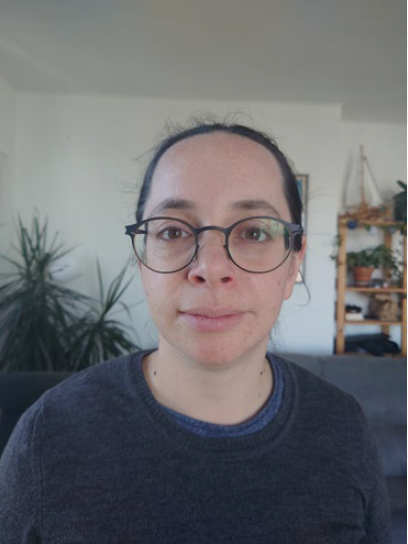Sophia Brumer
France Energies Marines
Seminar Information

As surface gravity waves break, they generate turbulence, bubbles, and spray impacting air-sea exchanges of heat, momentum, and gas. Accounting for these unresolved processes in high resolution weather to global climate simulations relies on measurement-based parameterizations. Here, I will discuss my work developing wave breaking related air-sea parameterizations and evaluating the impact of ocean-wave-atmosphere coupling in realistic simulations.
Efforts to better parameterize the air-sea gas transfer of sparingly soluble gases leverage the concurrent wave field and flux measurements acquired during the 2008 Southern Ocean Gas Exchange (SO GasEx) and the 2013 High Wind Gas exchange Study (HiWinGS) projects. These were complemented by two other open ocean datasets and wave model hindcasts. Eddy-covariance measurements and models based on the global radio carbon inventory lead to diverging wind dependent parameterizations of the gas transfer velocity, k. At wind speeds above 10 m/s these parameterizations differ considerably, and measurements display large scatter which is thought to be related to wave breaking and bubble mediated transfer. In an attempt to reduce uncertainties in k, empirical parameterizations that incorporate both wind speed and sea state dependence were explored. Wave-related Reynolds numbers allowed reconciling four open ocean datasets that have a wind speed dependence of CO2 transfer velocity ranging from lower than quadratic to cubic. While single parameter models may be readily used in climate studies, their application is gas specific and may be limited to select environments. Mechanistic parameterizations that incorporate multiple forcing factors allow us to model the transfer of gases with differing solubility for a wide range of environmental conditions. Existing models were tested and a novel framework to model gas transfer in the open ocean in the presence of breaking waves is put forward based on various statistics determined from the breaking crest length distribution.
Ongoing developments of coastal coupled ocean-wave-atmosphere frameworks include refinement of existing parameterization and coupling as well as the addition of previously ignored processes. Realistic high horizontal resolution (500-1500 m) simulations are exploited to evaluate how, where, and under what conditions coupling improves simulated fields. In a first case study, we showed how gravity waves may displace the Ushant tidal front in the Iroise Sea, in western France. In further case studies we are assessing the impact of coupling on met-ocean conditions in the Gulf of Lion (NW Mediteranean Sea) where floating wind farms will be deployed. The region is subjected to strong orographic winds and intense winter storms during which wave breaking and sea spray production may drive air-sea fluxes and impact winds. Having incorporated some sea spray physics into the surface model SURFEX of the non-hydrostatic mesoscale atmospheric model of the French research community MesoNH, I will highlight remaining open questions regarding generation and evolution of sea spray.
Sophia Brumer is a postdoctoral researcher working for France Energies Marines, the French institute for the energy transition focused on marine renewable energies. After graduating in 2017, she joined the Laboratory of Physical and Spatial Oceanography (LOPS) at the French Institute for the Exploration of the Sea (IFREMER) to work on coupled ocean-wave atmosphere modeling. She was trained as an observational physical oceanographer and completed her PhD from Columbia University. Her research at the Lamont-Doherty Earth Observatory focused on understanding wave breaking and the effects of near-surface turbulence on the exchange of momentum, heat, and gases with different degrees of solubility.
